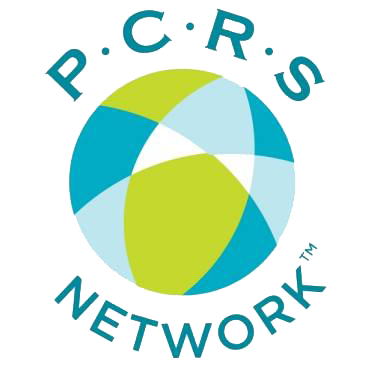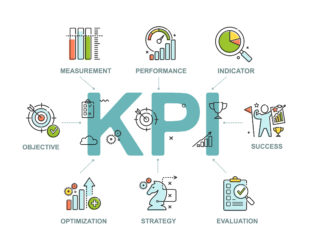Following up on my previous article “Ready for Prime Time”, in which I noted that many clinical research Sites have difficulty determining whether they would be an attractive acquisition target, let’s consider some basic financial metrics, also known as Key Performance Indicators (KPI), a site can measure, then work to improve.
Financial metrics, as opposed to many operational metrics, are more objective and quantifiable, so they can be easily measured consistently over time, and compared period to period to determine trending.
Although many operational metrics are important, it is far more difficult to measure them consistently between organizations. Consider Cycle times for example. Cycle times for budget and CTA processing and approval tend to be subjective and often outside of the control of Sites due to Sponsor or CRO delays. The same applies to IRB submission and approval. Receipt of Investigational Product and initiation of a site to begin recruiting are also outside of the control of the Site. Consequently, measurements of these can often be a misleading measurement of performance.
An extreme, although all too often real, example is when a site simply accepts the initial budget and CTA, or follows the “one and done” method of negotiating, in which they make one attempt at getting a higher budget, better payment terms, and a more favorable Clinical Trial Agreement (CTA), then accept whatever counter-offer they receive, all in the interest of demonstrating a fast cycle time and to be viewed as “responsive” and “easy to work with.” While the site may have very attractive cycle times for their budget and CTA negotiation and approval, they also will likely have terrible financial performance metrics, and thus would rate very low as an acquisition target.
The number of studies conducted also has little meaning, as it tells you nothing of the number of patient visits completed, the complexity of the patient visits, or the profitability of the studies conducted.
Backlog at each year end as a percentage of gross revenue can be a helpful metric. A simple Backlog is the total of all expected future revenue to be generated from contracts currently executed at year end. More in-depth backlogs can be calculated that include anticipated awards, historical percentage of awards of Feasibility questionnaires already submitted, and potential study cancellations, however the more these subjective “guesstimates” are included, the fuzzier and less reliable the backlog number becomes. Many CRO’s maintain very thorough backlog metrics, yet the discipline and time required to do so is beyond what most Sites would attempt.
As a starting place, Sites can track some bare essential financial metrics which can help them, and a potential acquirer, determine their financial position, as well as their financial momentum – the extent to which the Site’s financial performance improves or degrades over time. The bare essential metrics include Gross Revenue, Gross margin, and Net Income, and the more informative and comparative measure of Earning Before Interest, Taxes, Depreciation, and Amortization (EBITDA).
In addition to those simple measures captured at different points over time, tracking of the number of Full-time Equivalent (FTE) Direct Clinical Staff (DCS) and Administrative staff allows for calculation of Revenue by DCS and Revenue per Total FTE’s, which is an easy measurement of the relative efficiency of the Site over time.
Add a simple Backlog at year end, and a Site can easily determine the extent to which revenue for each subsequent year is embodied in their backlog at the end of the prior year. While anomalies can exist, over time, this measurement demonstrates the relative strength of the business development effort at the Site.
To help Sites analyze their performance vis a vis other Sites, I am gathering some financial performance data, which I will utilize on a blinded basis for a future article. Respondents to the survey will receive a basic comparison of their Site’s data to the aggregate of other Sites that participate in the survey.
To participate in the survey, please go to the SITE-KPI Survey. Thank you in advance for contributing to the body of knowledge that helps us all perform better.


